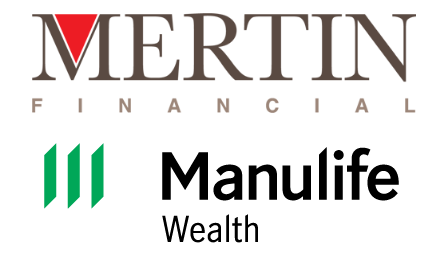Drug Plan Management Solutions
Article Licenses: CA, DL, unknown
Advisor Licenses:
Compliant content provided by Adviceon® Media for educational purposes only.

Drug Plan Management Solutions: There is a wide range of drug plan options that can be fine-tuned to suit your organization’s needs, while allowing you to better manage the rising cost of prescription drugs. Yet you can still provide your plan members with the coverage they need. We can help you keep your drug plan affordable for both you and your plan members, by implementing drug plan cost management solutions.
Two-tiered plans: A two-tiered drug plan design allows you to cover two formularies at two different levels of reimbursement. A tier-one managed formulary with a higher coinsurance can be supplemented by a more comprehensive formulary at a lower coinsurance level. This allows your plan to maintain broad drug coverage, while still lowering overall costs.
Managing your drug plan with formularies: A formulary is a list of drugs the benefits plan will cover, out of the thousands of prescription and non-prescription drugs on the market today. There are many types of formularies, but the overall goal of each one is to control the eligibility of drugs, and therefore help manage drug costs by either: adding new drugs only after their therapeutic value and cost effectiveness have been proven, or allowing only generic drugs, or following the guidelines set by provincial governments.
Formularies may be designed such as:
Managing your drug plan with cost-containment options
We offer a number of plan design options to help you manage your healthcare plan costs. Let us help you determine which of these solutions fit your needs.
Using Generic Substitution
Cost reimbursement is established to the value of the generic equivalent of a drug, regardless of what has been prescribed, unless the physician indicates ‘no substitution’ on the prescription
Per-prescription deductibles: This is the amount the plan member must pay for each prescription drug claimed. It can be set to a specific amount, or equal to the dispensing fee portion of the drug.
Coinsurance: Coinsurance is the determined percentage amount that the plan will pay for eligible prescriptions after any deductibles have been met.
Dispensing fee limits: This is the plan’s coverage up to the maximum amount of the fee pharmacies charge to cover their business expenses.
Drug maximums: This is the maximum amount the plan will reimburse for prescription drug coverage per person, per calendar year; maximums can be set at a specified amount per year, or can be unlimited.
Note: Plan Sponsors in Quebec: The Quebec government has a public drug plan that covers anyone who is not eligible for coverage under a private plan. This plan is administered by the Régie de l’Assurance Maladie du Québec (RAMQ). The law in Quebec also requires private drug plans to provide equivalent or better coverage than the public plan. Plan sponsors in Quebec are limited in how much they can alter their drug coverage, since they must ensure it conforms to RAMQ.
Note: Plans and coverage vary depending on the carrier used.
The Advisor and Manulife Securities Incorporated, ("Manulife Securities") do not make
any representation that the information in any linked site is accurate and
will not accept any responsibility or liability for any inaccuracies in
the information not maintained by them, such as linked sites. Any opinion
or advice expressed in a linked site should not be construed as the opinion
or advice of the advisor or Manulife Securities. The information in this
communication is subject to change without notice.
This publication contains opinions of the writer and may not reflect opinions
of the Advisor and Manulife Securities Incorporated, the information contained
herein was obtained from sources believed to be reliable, no representation,
or warranty, express or implied, is made by the writer, Manulife Securities or
any other person as to its accuracy, completeness or correctness. This
publication is not an offer to sell or a solicitation of an offer to buy any
of the securities. The securities discussed in this publication may not be
eligible for sale in some jurisdictions. If you are not a Canadian resident,
this report should not have been delivered to you. This publication is not
meant to provide legal or account advice. As each situation is different you
should consult your own professional Advisors for advice based on your
specific circumstances.





